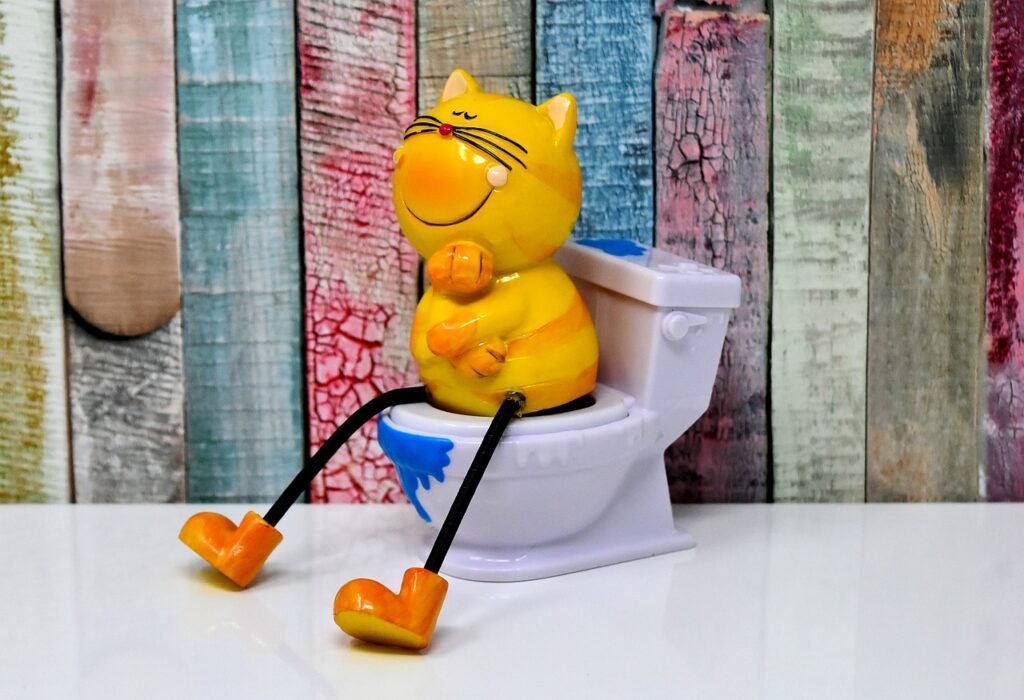Purr-fecting the Litter Box
As a cat owner, you cherish the companionship of your feline friend, but dealing with litter box issues can put a damper on the joy. From finicky litter preferences to mysterious inappropriate eliminations, the challenges can be frustrating. But fear not! In this comprehensive guide, we’ll provide you with valuable solutions to common litter box problems, ensuring a clean and stress-free environment for both you and your beloved cat.
Understanding Your Cat’s Litter Preferences
Cats are particular creatures, and their litter preferences can vary. Experiment with different litter types (clumping, non-clumping, scented, unscented) to discover what your cat prefers. Provide multiple litter boxes with different options if you have multiple cats, as they may have individual preferences.
Proper Litter Box Placement
The location of the litter box plays a crucial role in your cat’s willingness to use it. Choose a quiet, easily accessible area away from high-traffic zones and noisy appliances. Cats appreciate privacy, so avoid placing the litter box in a crowded or confined space.
Sufficient Number of Litter Boxes
The golden rule is to have one litter box per cat, plus an extra one. This ensures that each cat has their own designated space and reduces competition or territorial issues. Multiple litter boxes also prevent overcrowding and give your cat options for different needs.
Litter Box Cleaning Routine
Maintaining a clean litter box is essential to encourage your cat to use it consistently. Scoop the litter box daily to remove waste, and completely change the litter at least once a week. Avoid using harsh chemicals for cleaning, as strong odors can deter your cat from using the box.
Addressing Inappropriate Elimination
If your cat starts eliminating outside the litter box, it’s crucial to address the issue promptly. Rule out any medical conditions by consulting your veterinarian. If the problem is behavioral, consider potential stressors such as changes in the household or litter box aversion. Gradual reintroduction to the litter box and additional litter boxes in strategic locations can help resolve the issue.
Choosing the Right Litter Box
The type of litter box can significantly impact your cat’s comfort and willingness to use it. Consider factors like size, depth, and accessibility. Some cats prefer open litter boxes, while others prefer covered ones. Experiment with different options to find the one that suits your cat’s needs.
Managing Odors
Odor control is crucial for both you and your cat’s comfort. Choose litters with odor-absorbing properties or add baking soda to the litter to neutralize odors. Regular cleaning and proper ventilation in the litter box area can also help minimize unpleasant smells.
Encouraging Positive Associations
Create positive associations with the litter box by rewarding your cat with treats or praise when they use it correctly. Make the litter box environment inviting by placing familiar bedding or toys nearby. Positive reinforcement helps reinforce appropriate litter box behavior.
Introducing Changes Gradually
Cats are creatures of habit and may resist sudden changes. When introducing a new litter type or litter box, do so gradually by mixing the new litter with the old one or offering both options side by side. This allows your cat to adjust at their own pace.
Seeking Professional Advice
If litter box problems persist despite your efforts, consult with a veterinarian or animal behaviorist. They can provide personalized guidance and rule out any underlying medical or behavioral issues that may be contributing to the problem.
Maintaining a harmonious relationship with your cat starts with addressing litter box woes effectively. By understanding your cat’s preferences, providing proper litter box placement, cleanliness, and addressing any issues promptly, you can create a stress-free environment that promotes consistent litter box usage. Remember, patience and adaptability are key as you work to find the solutions that work best for your unique feline companion. With a little effort and experimentation, you’ll pave the way for a purr-fect litter box experience both you and your cat will appreciate.



